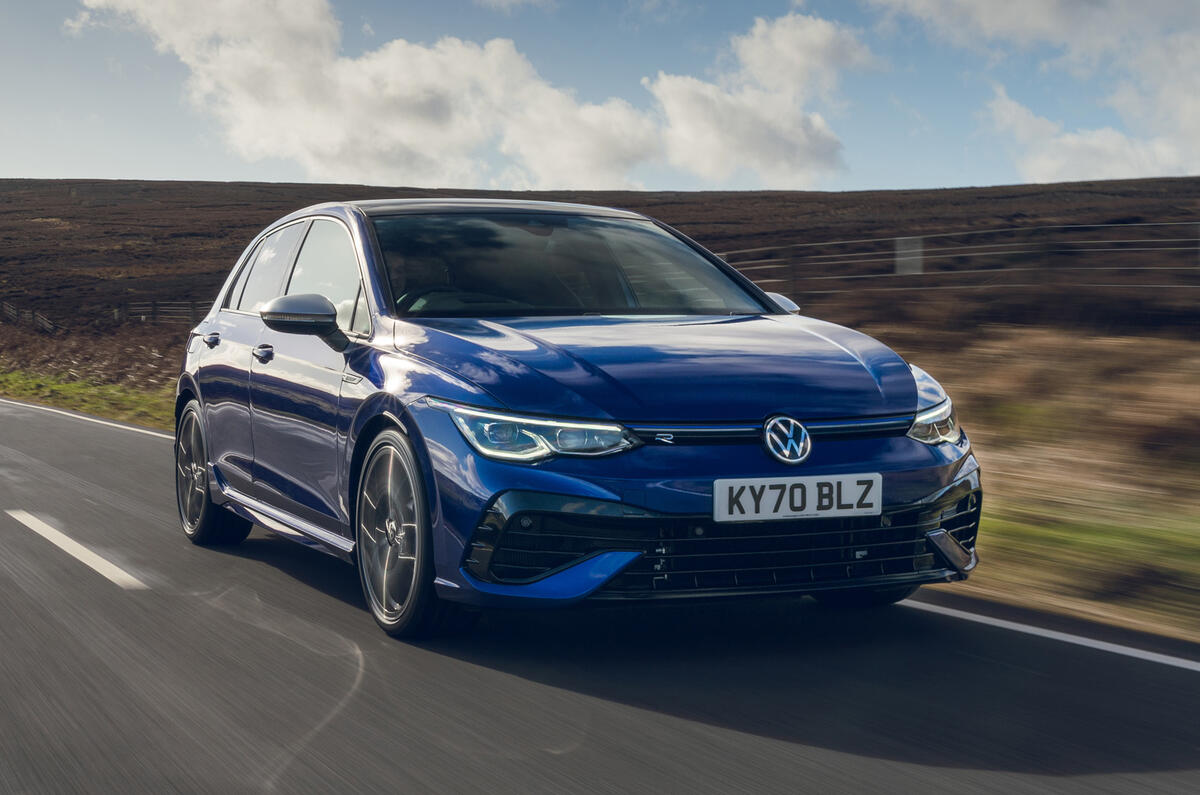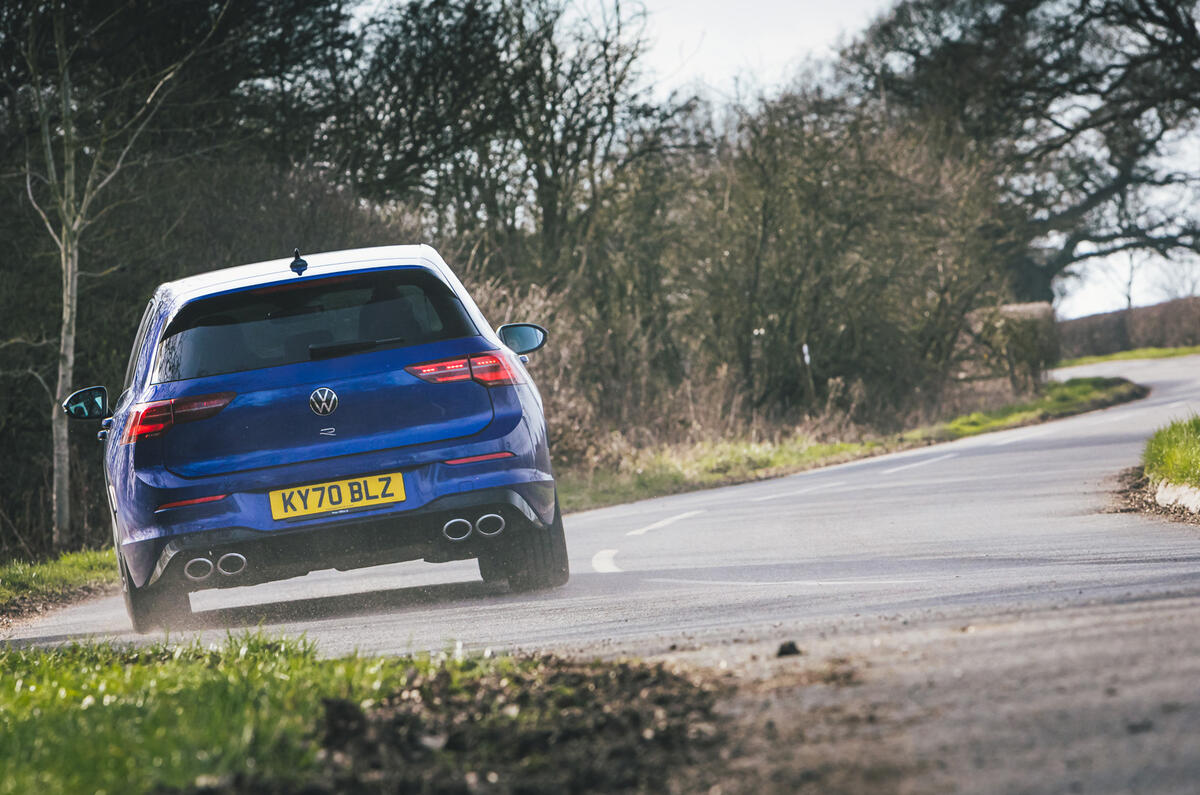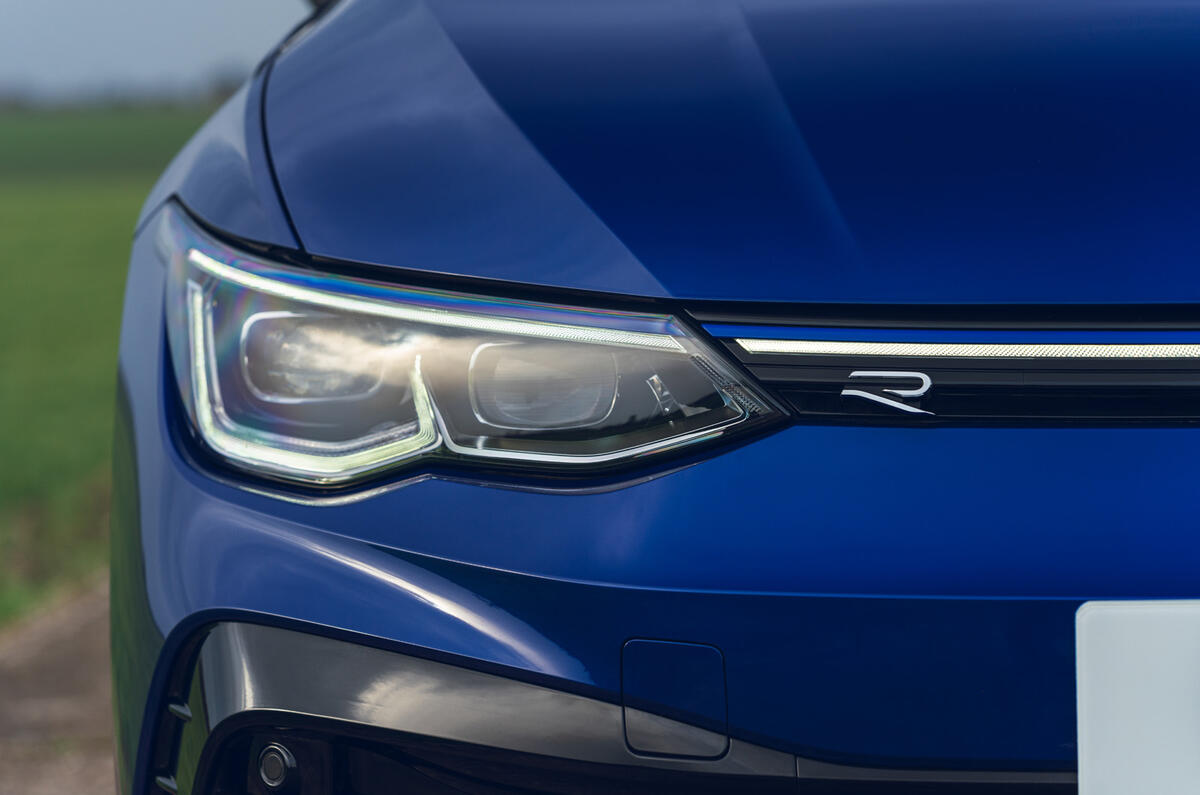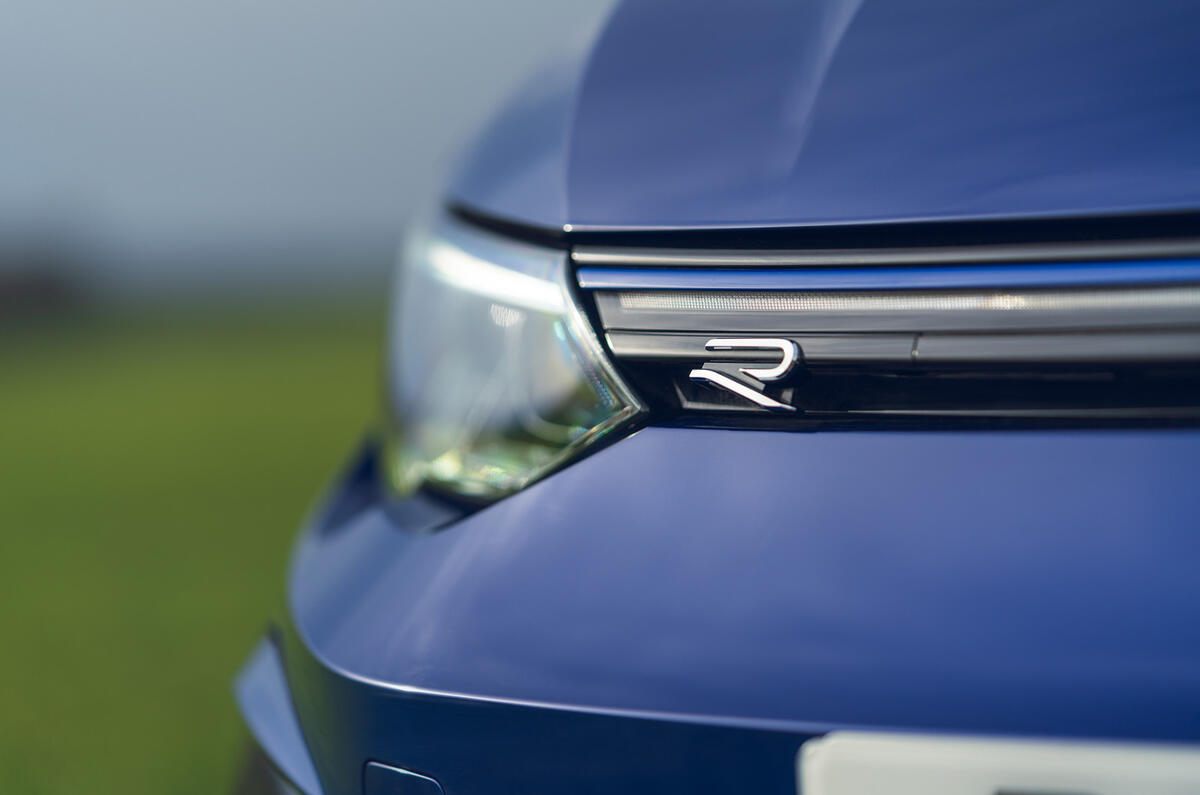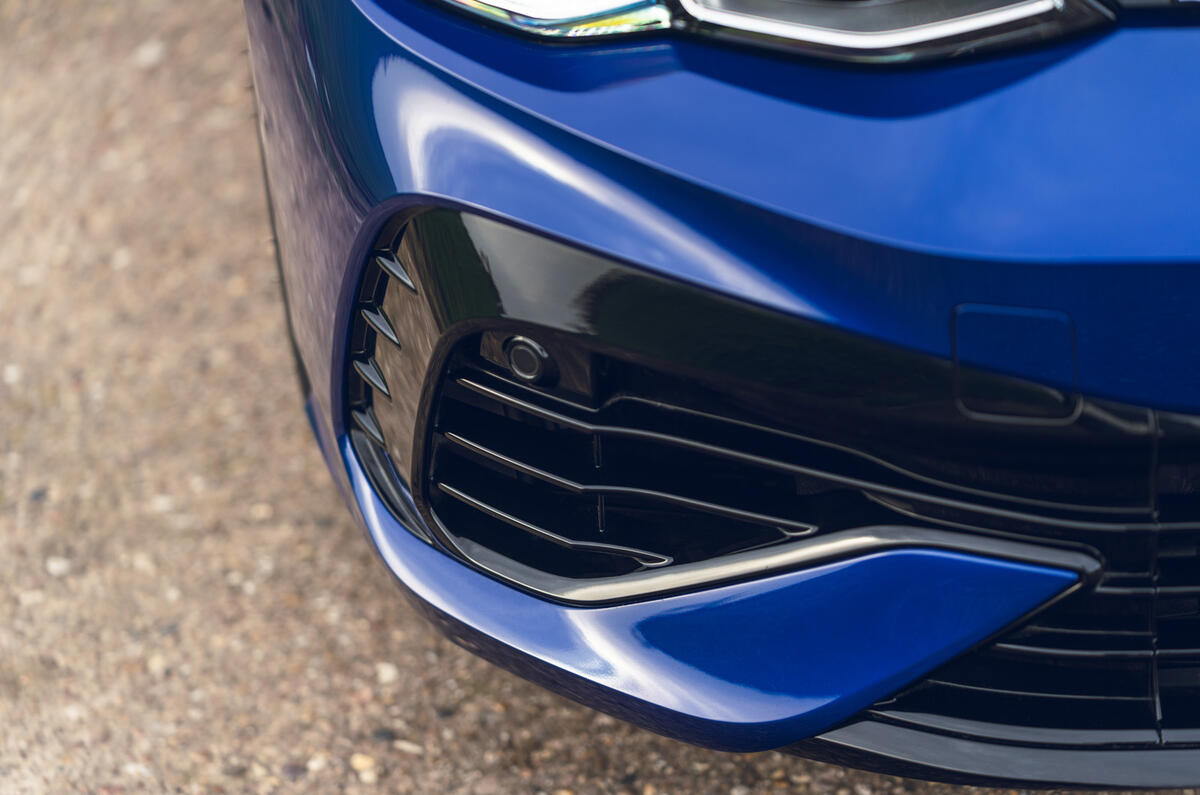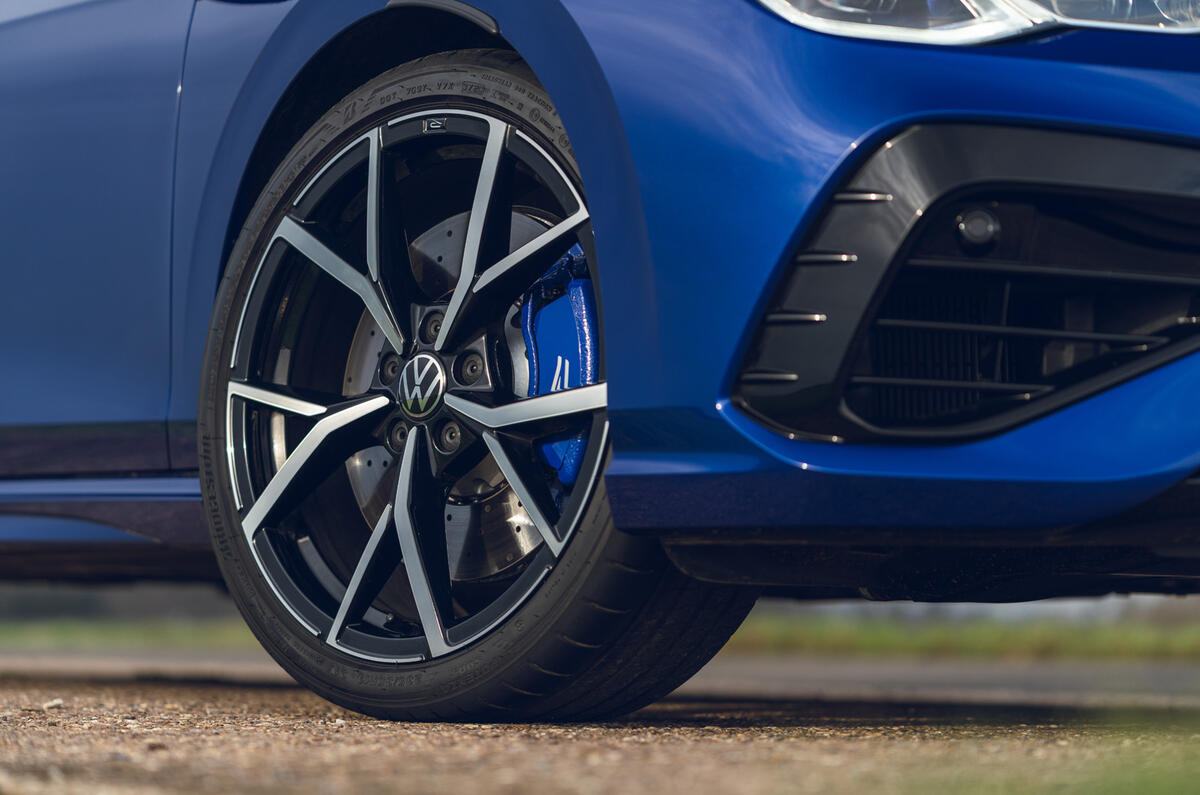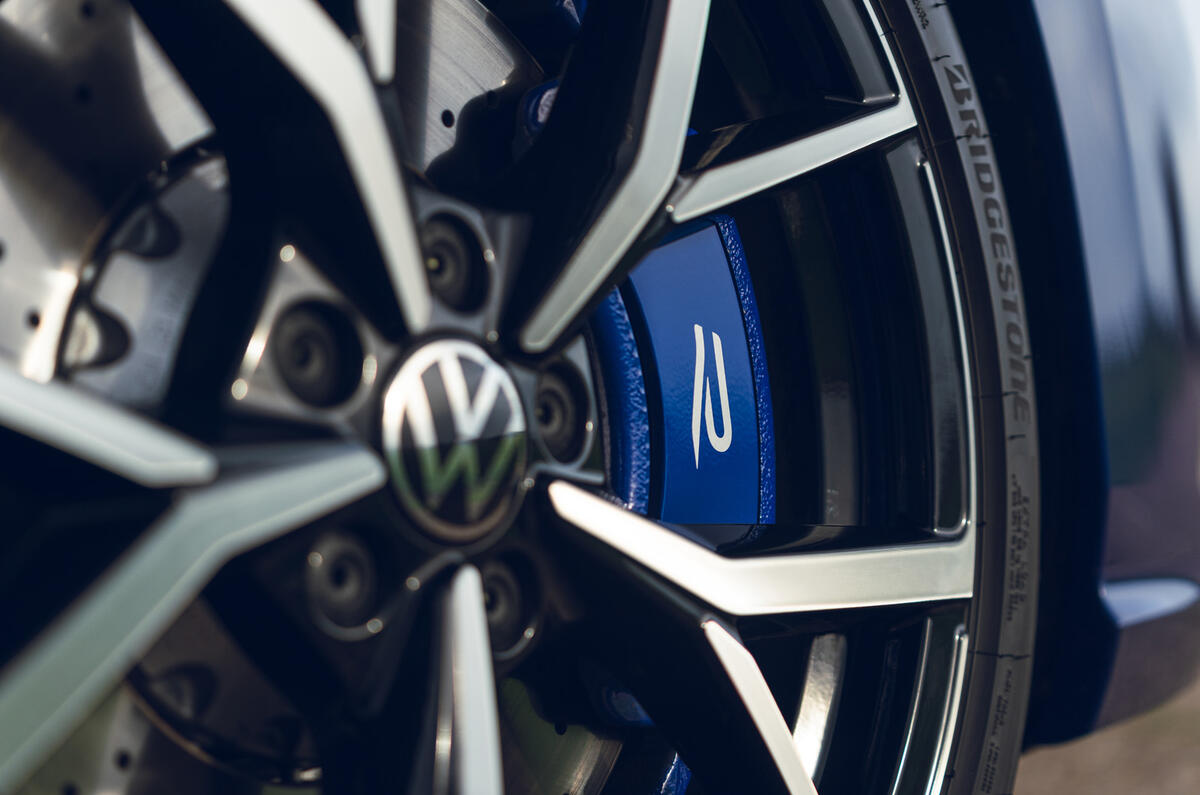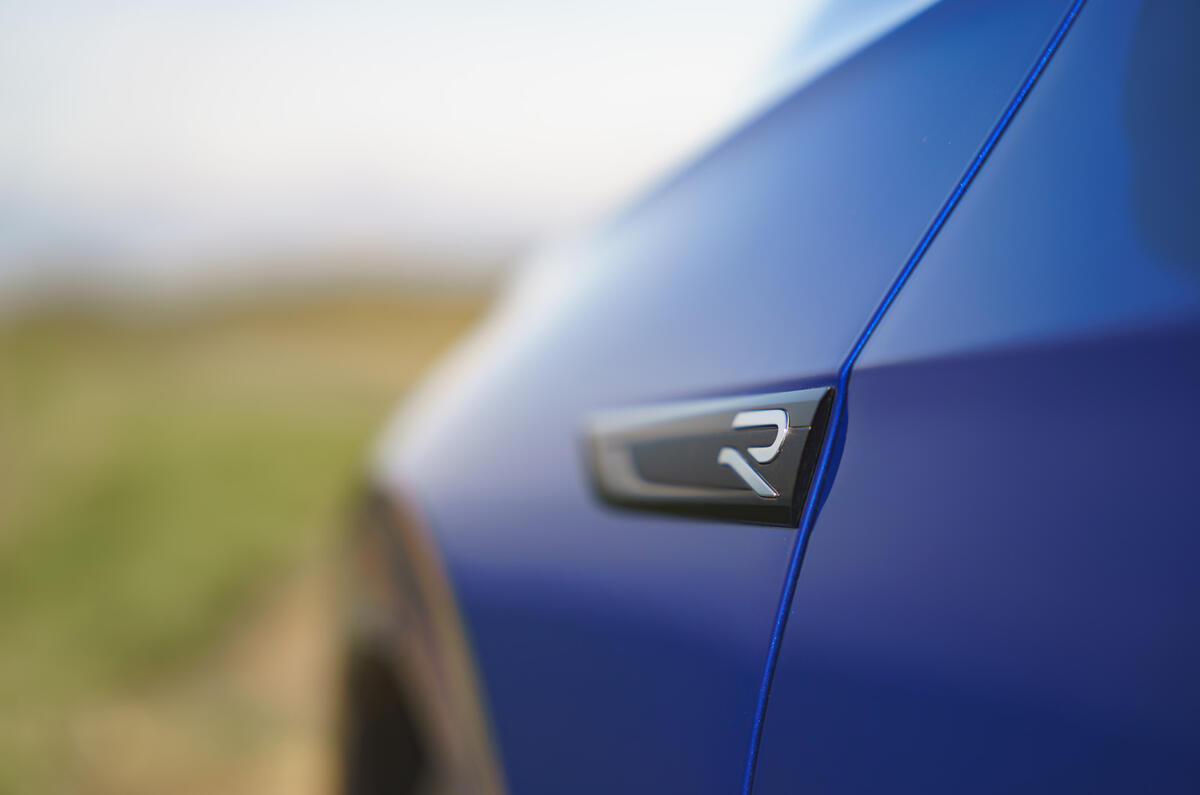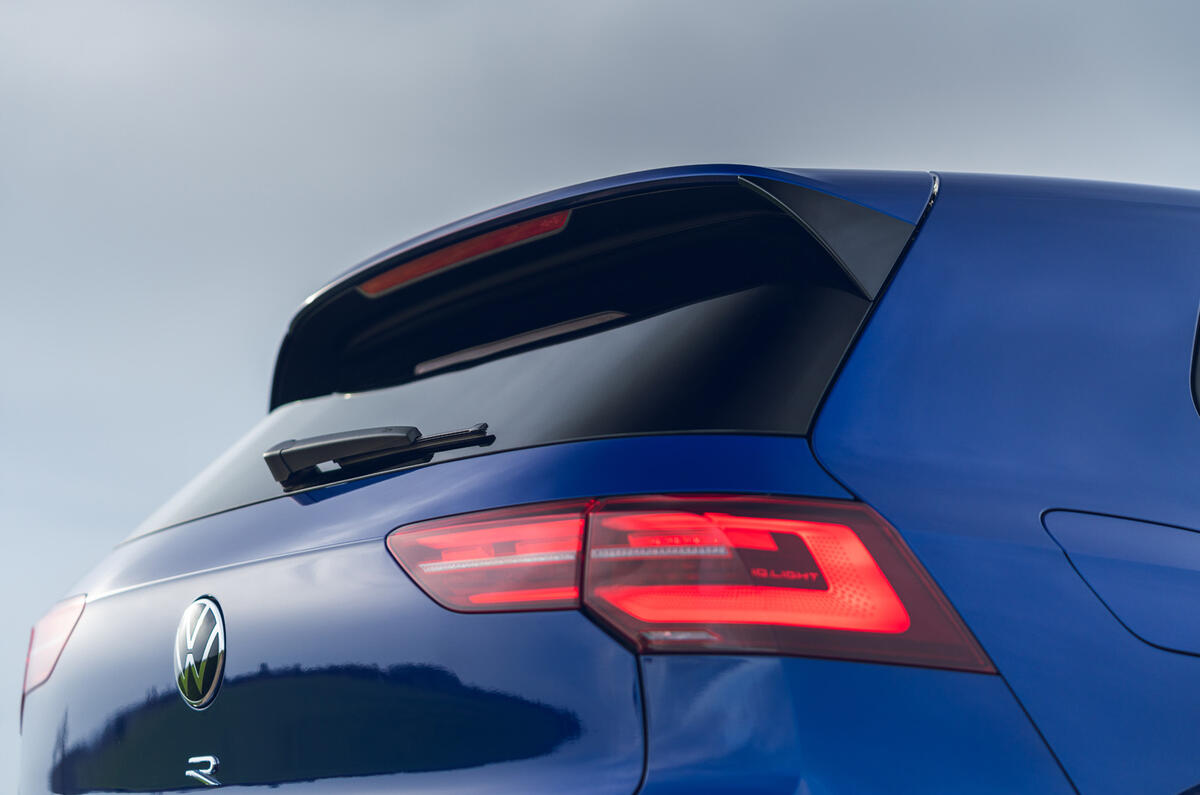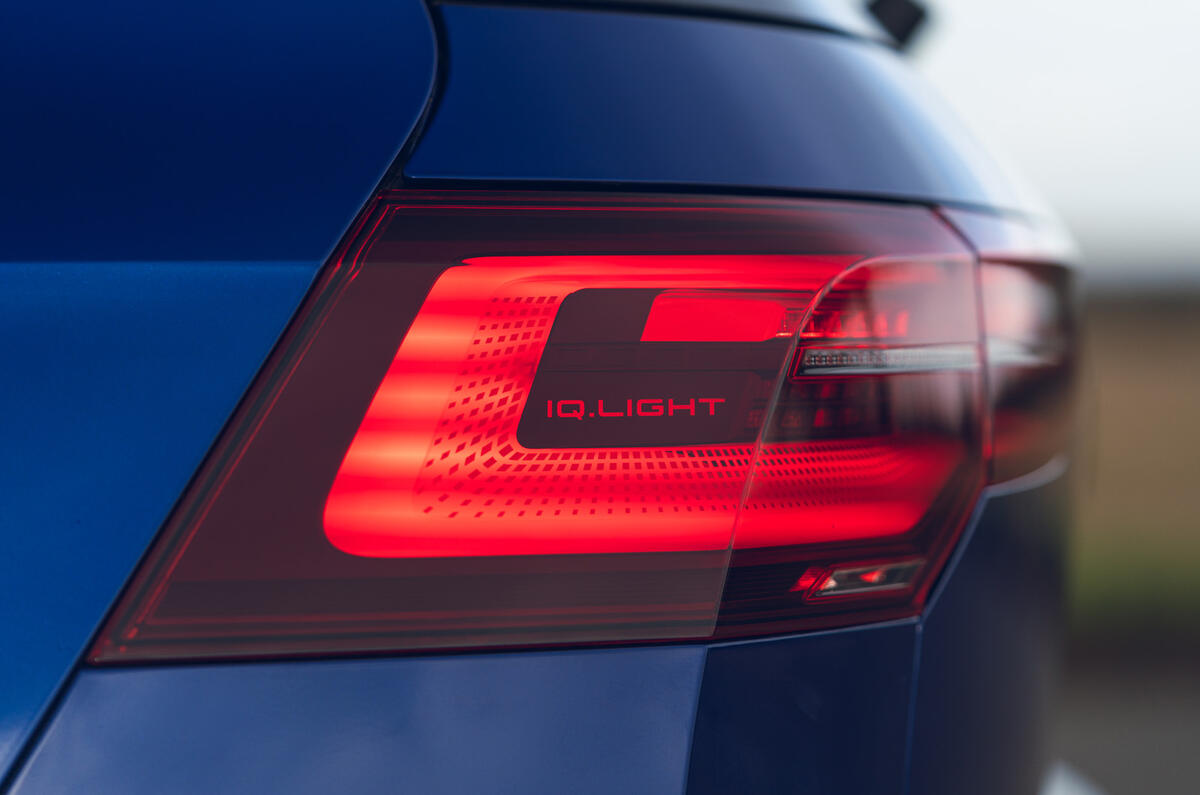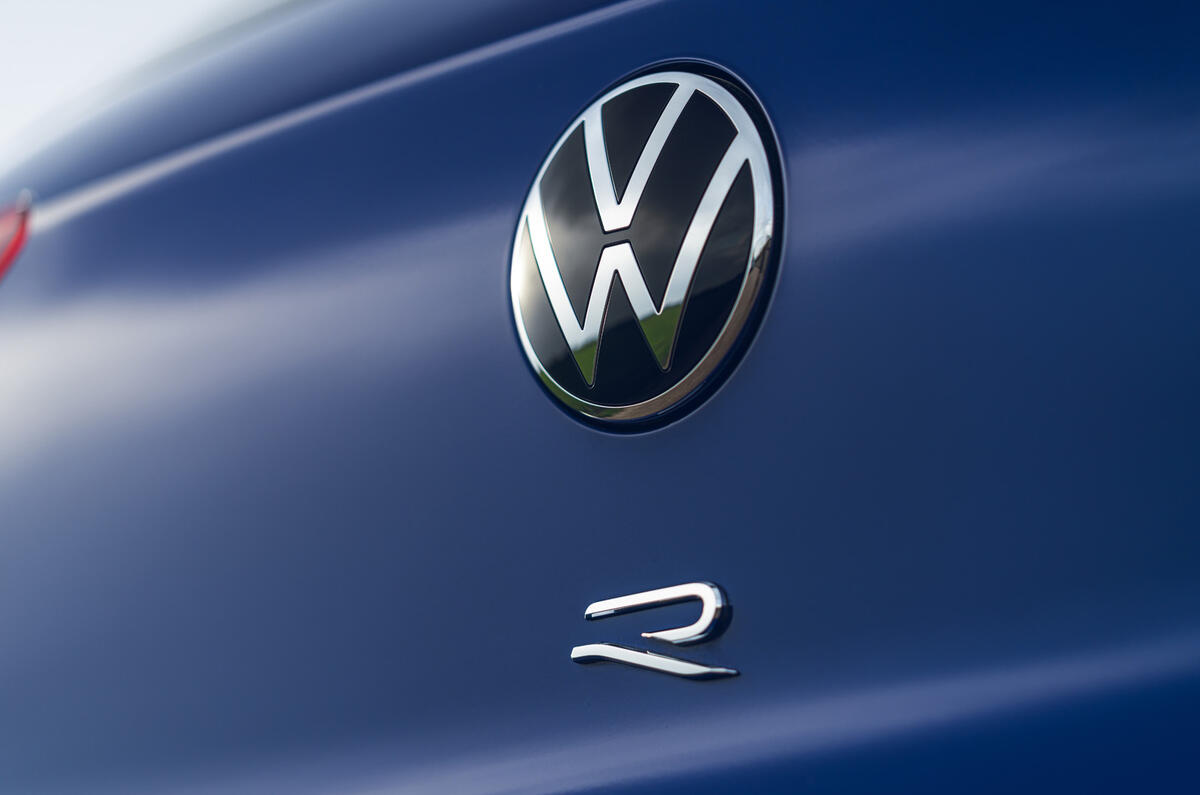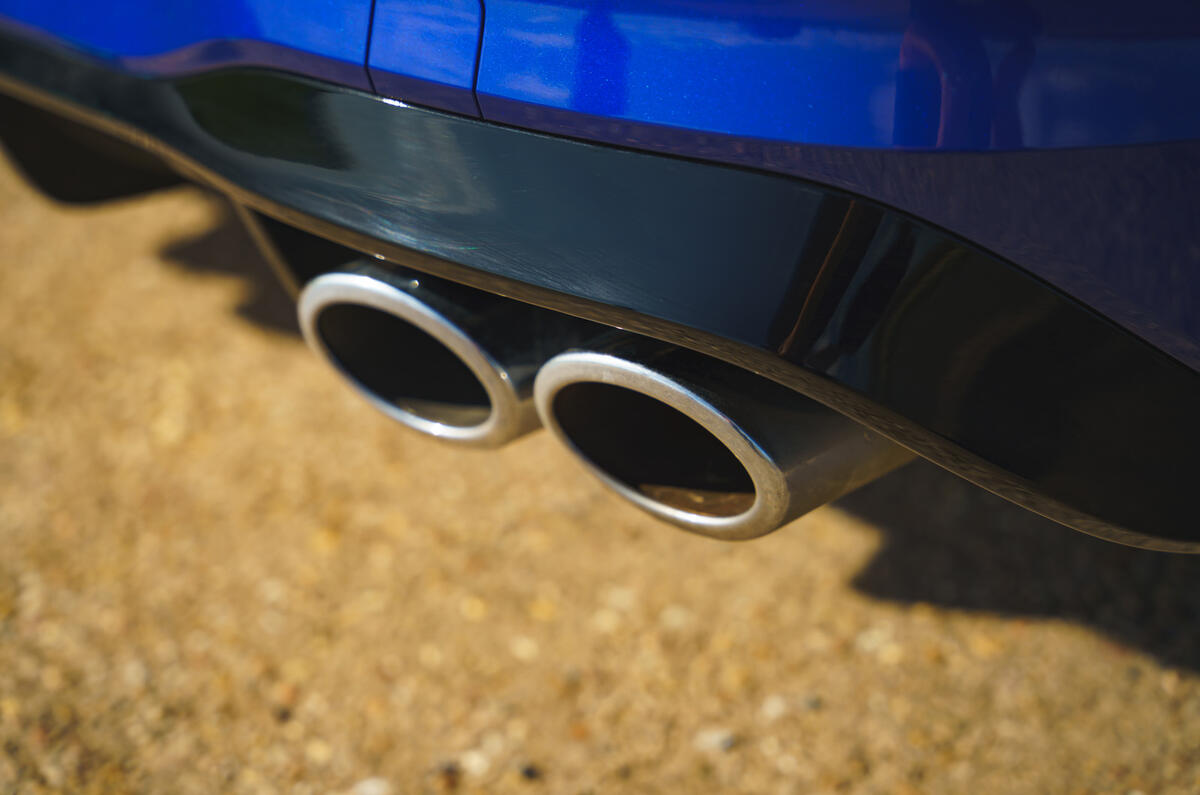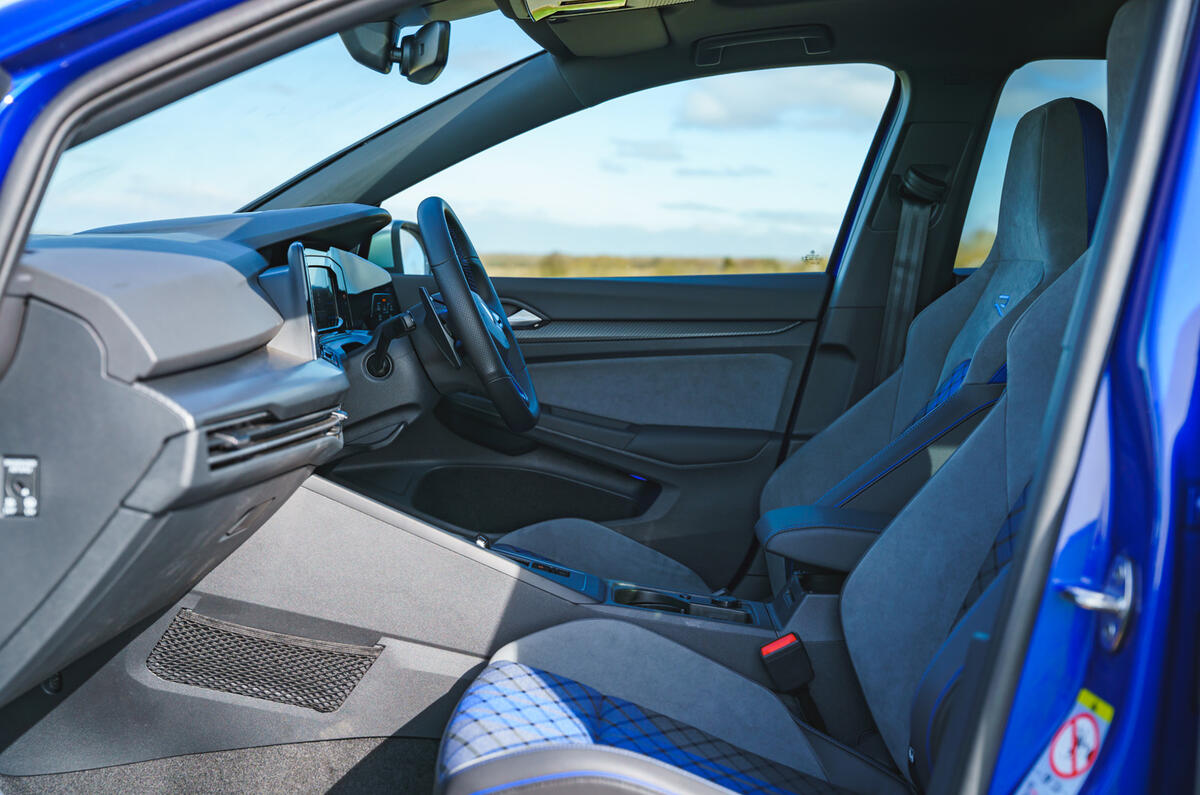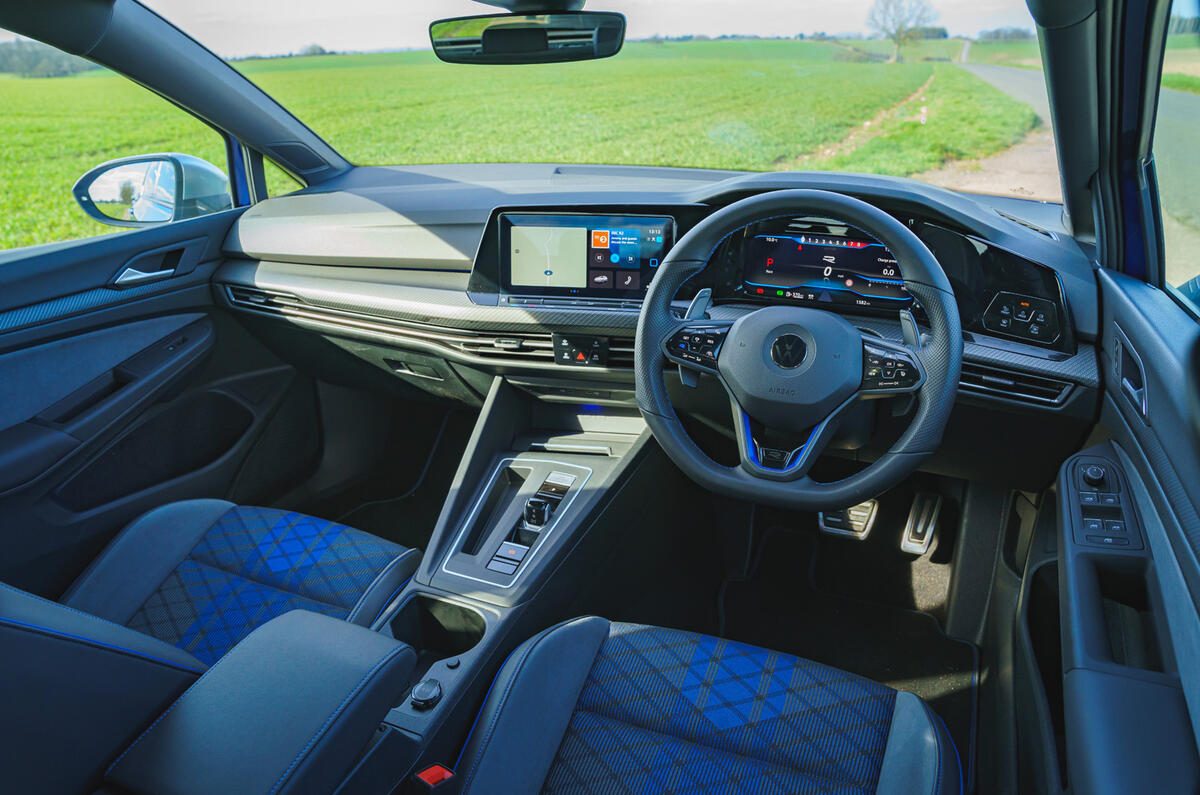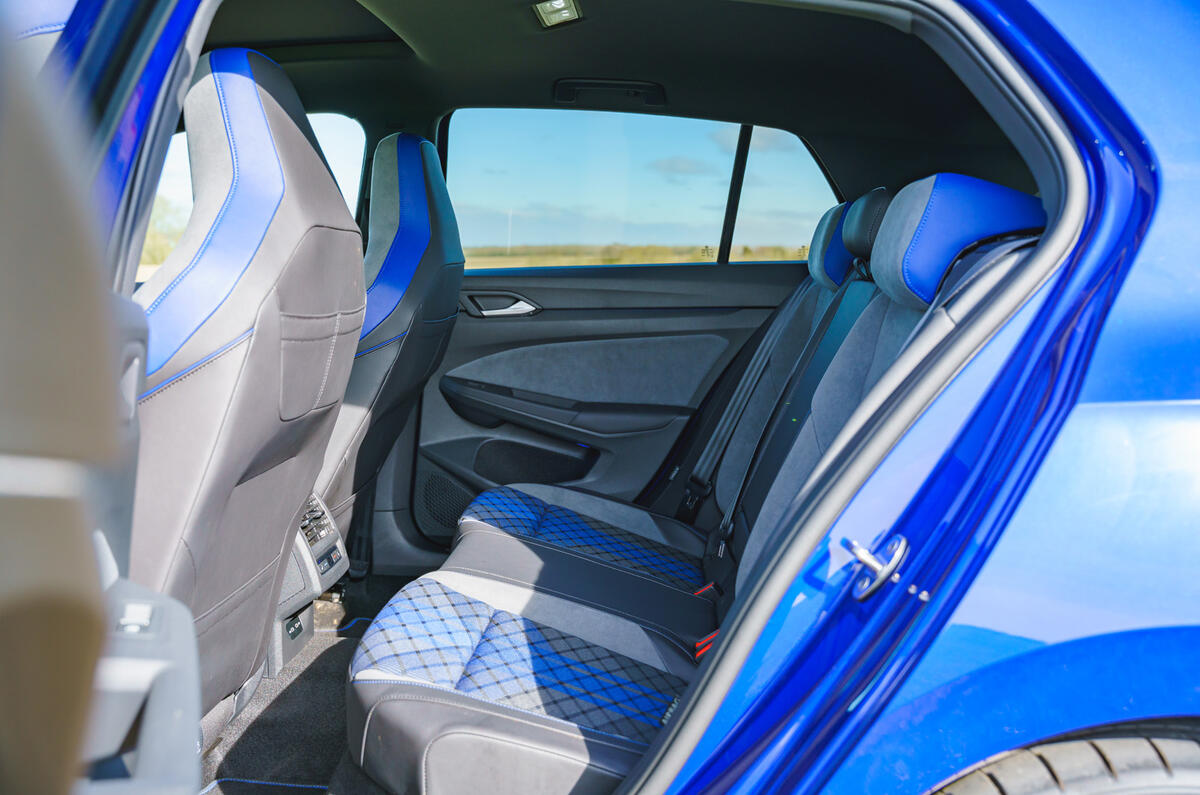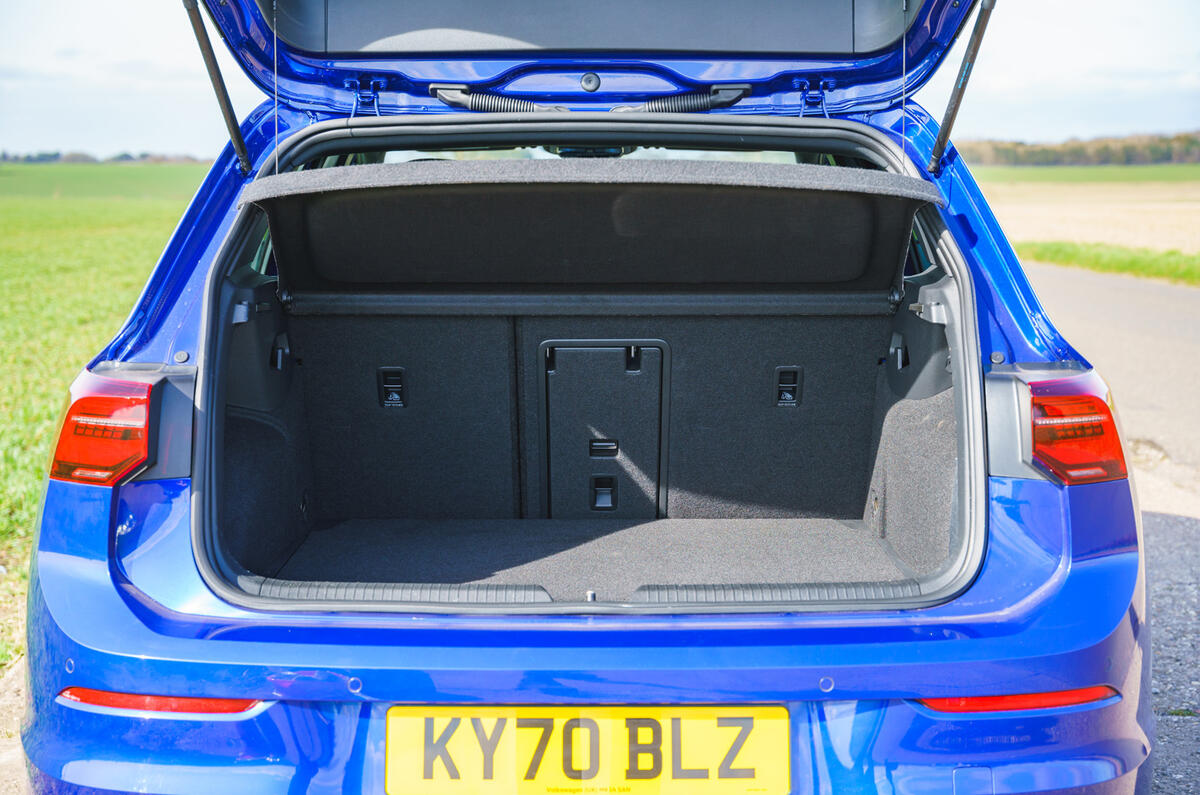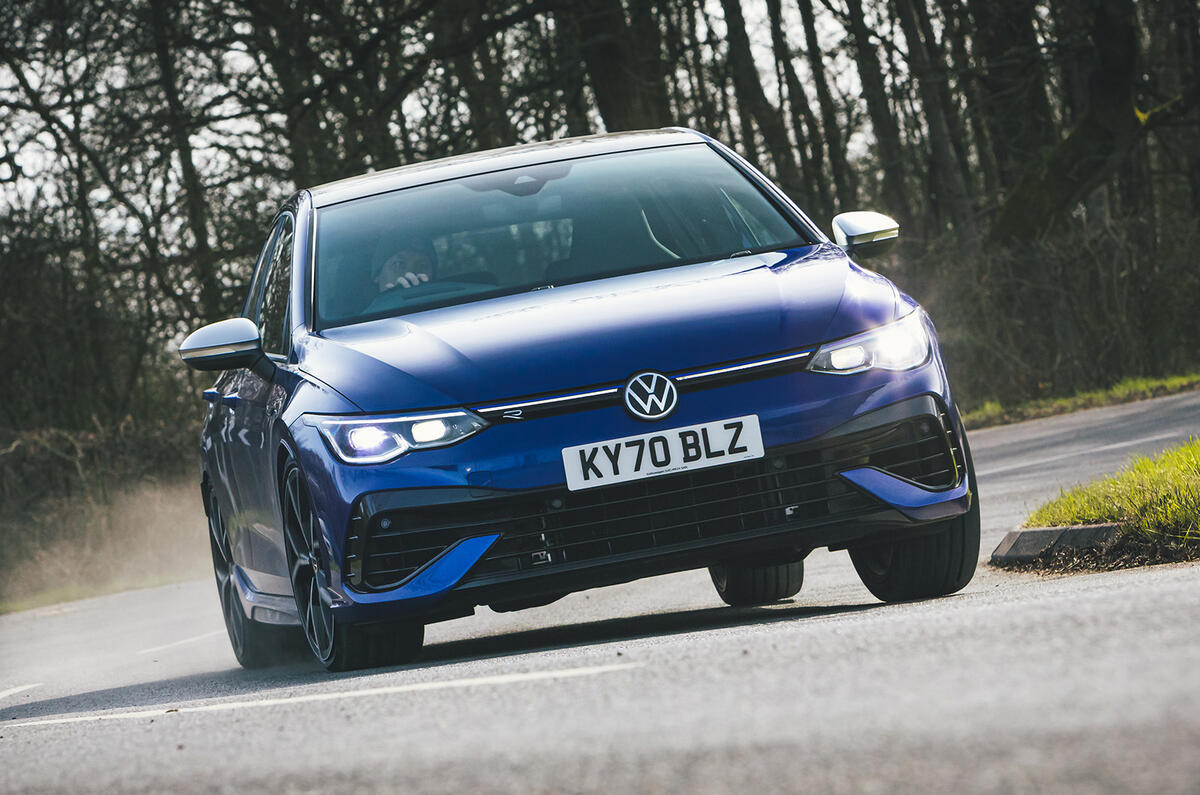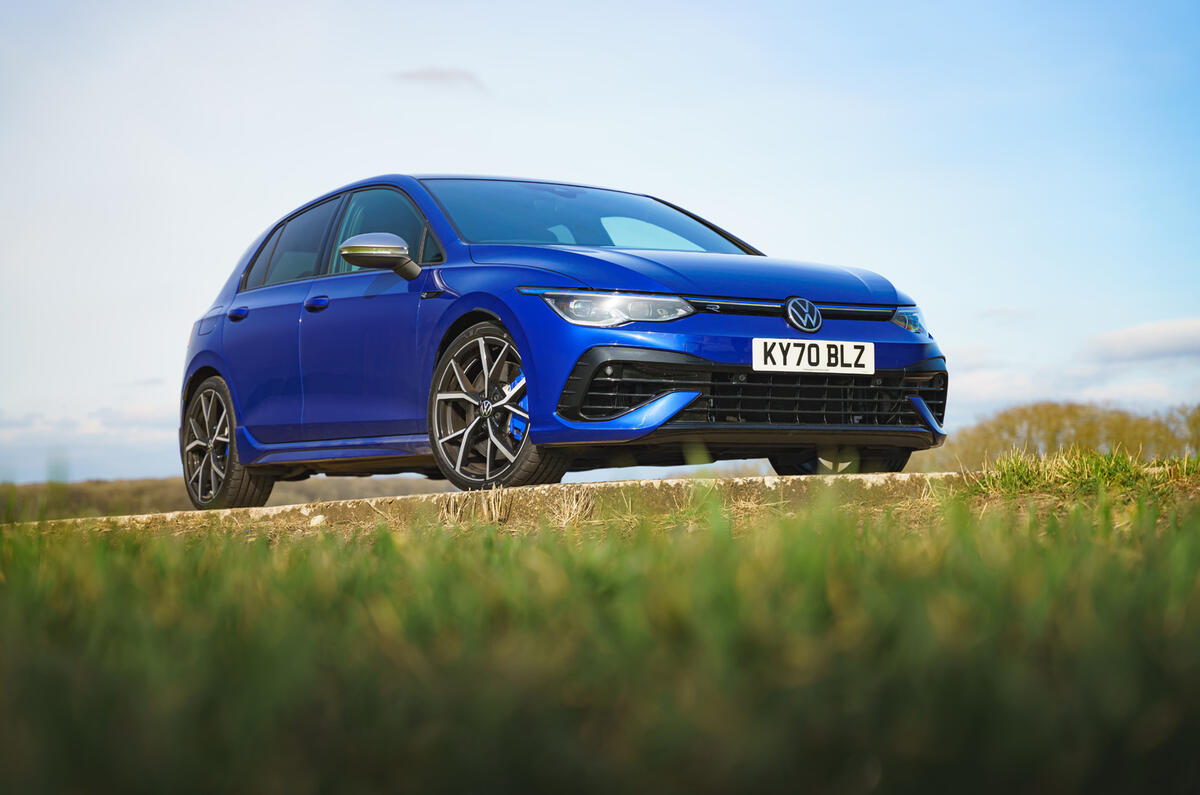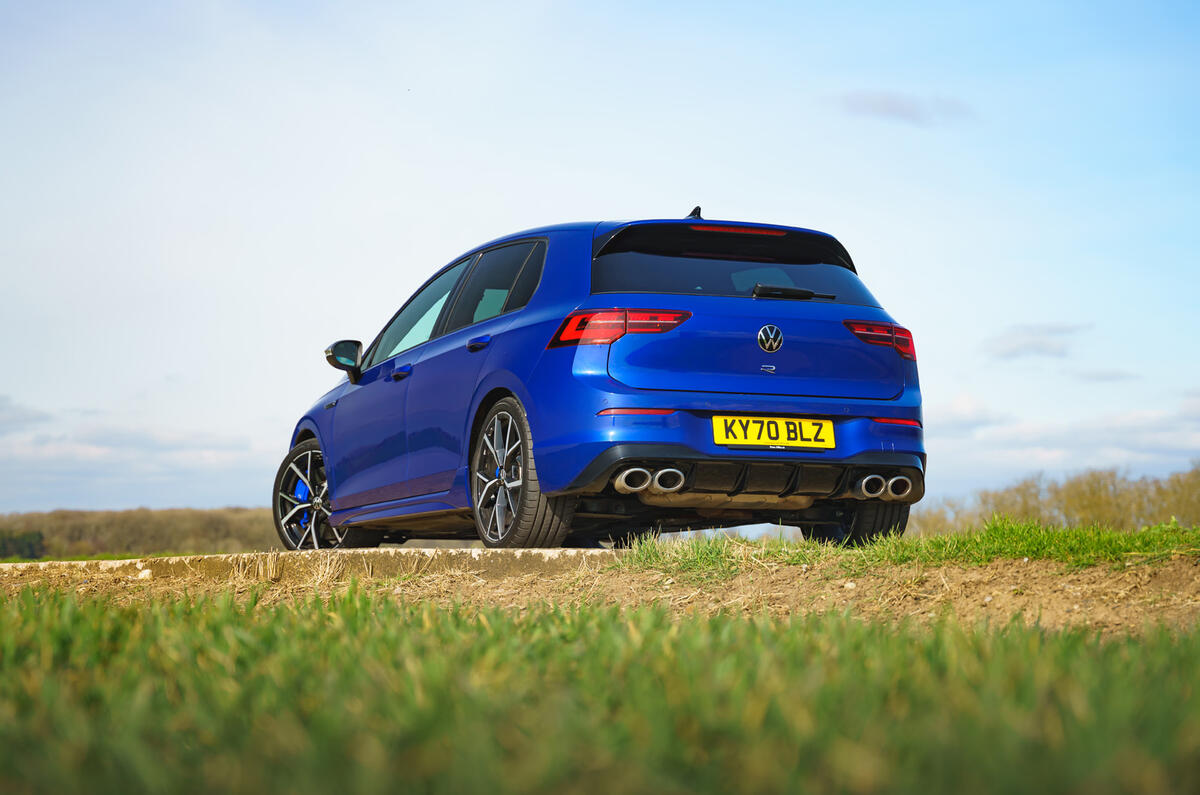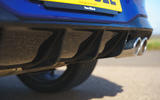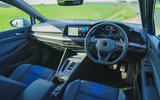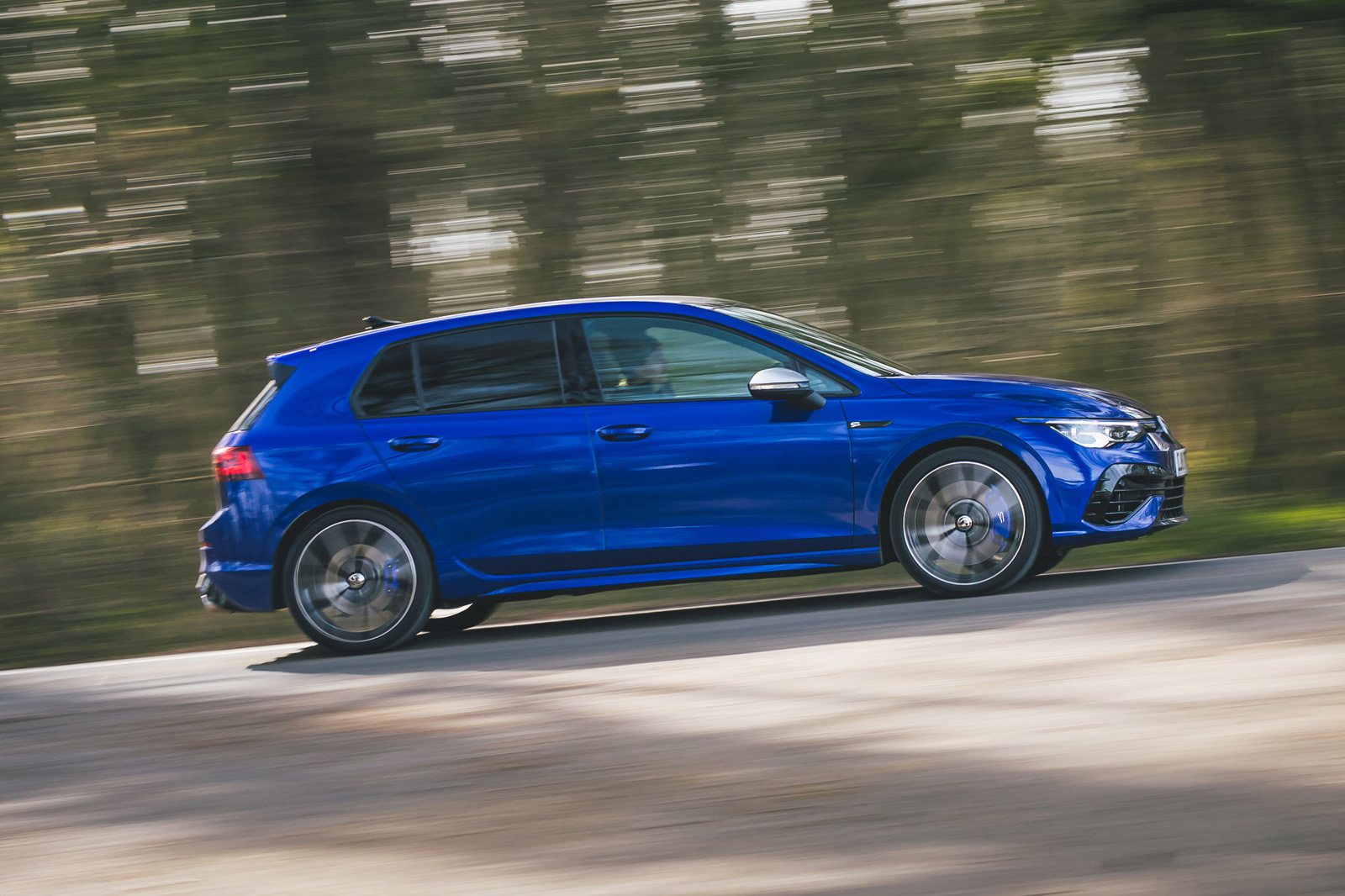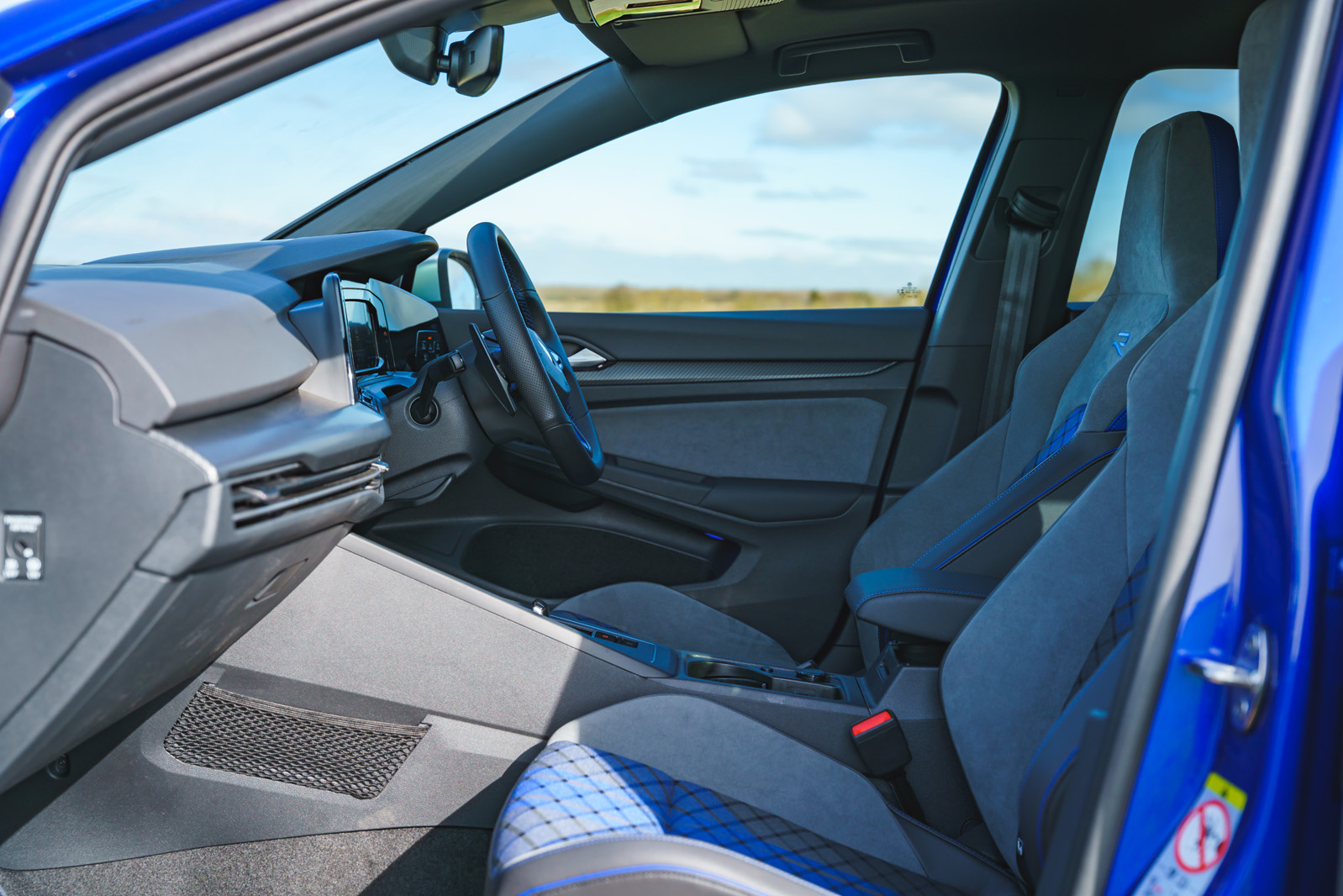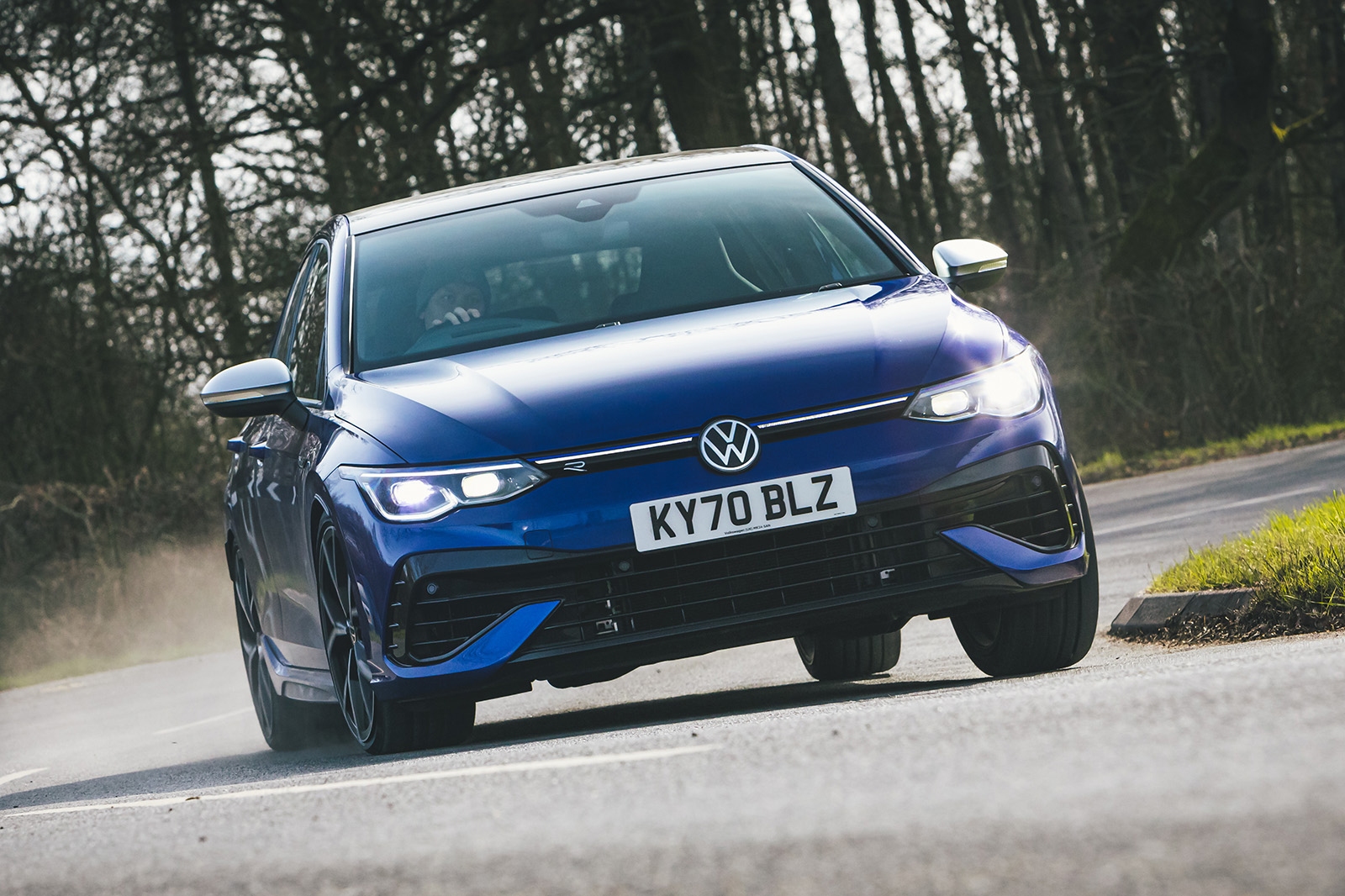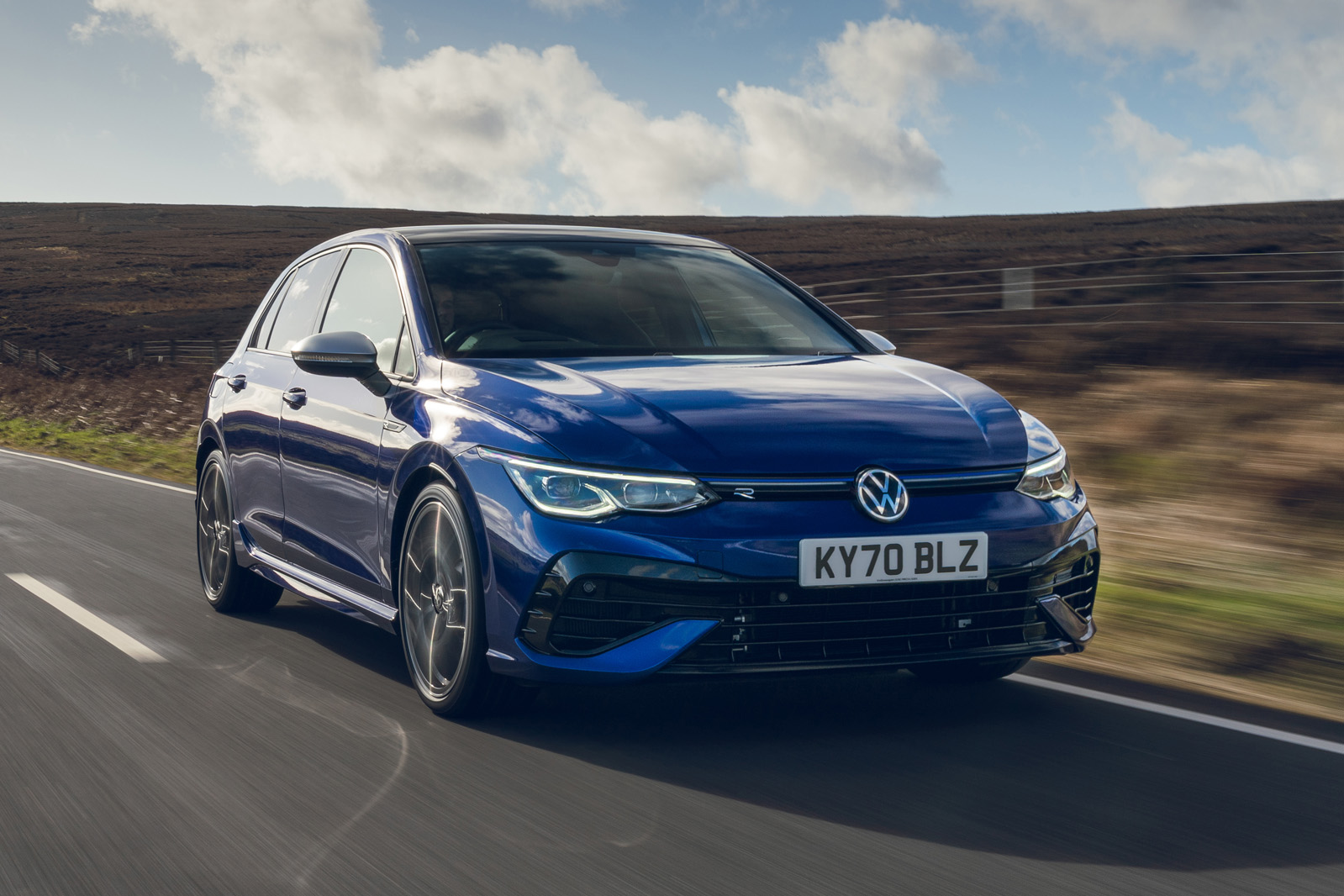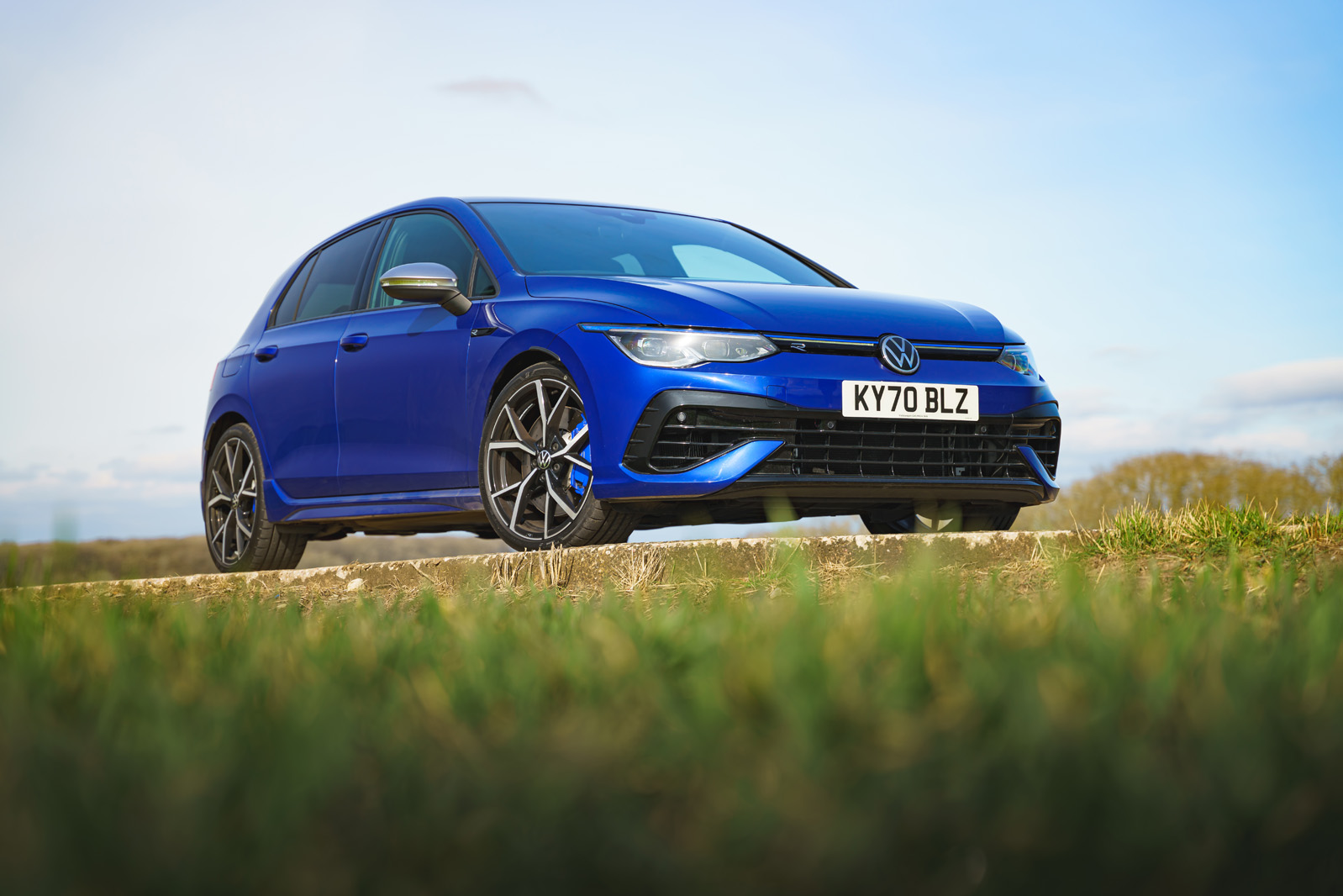Whatever next? That’s the question Volkswagen would have asked itself when putting pen to paper during the development of this latest ultra-hot Volkswagen Golf R.
The problem was that the previous version – the Mk7 Volkswagen Golf R, introduced as far back as 2014 but updated in 2017 before being put out to pasture in 2019 – was just so good. A blend of striking looks melded with an appealing degree of subtlety but also expensiveness, and fluid handling matched with broadly excellent ride quality, made the Mk7 Golf R the defining hot hatchback of its generation. It was also indecently quick. So how to improve it? Indeed, whatever next?
The subject of this week’s road test is the answer, and it’s fair to say that while the VW Golf R remains traditional in many ways, there are one or two bold innovations. But before we delve into the details, know that the priorities in Wolfsburg have changed over the past few years.
The fast four-wheel-drive Golf can be traced back to the Mk2 Rallye of 1988, although it was only in the 2000s and with the advent of the V6-engined R32 of the Mk4 and Mk5 generations that the recipe began to take hold with the broader public. A switch to four cylinders for the Mk6 generation then brought about not less power, but more, and allowed VW to hone the handling. The car’s popularity grew further, and by the time of the Mk7, the Golf R wasn’t simply the flagship Golf but arguably the flagship of the entire company. It was pragmatic yet aspirational and came loaded with driver appeal.



